Grover Hot Springs Archaeological Excavations
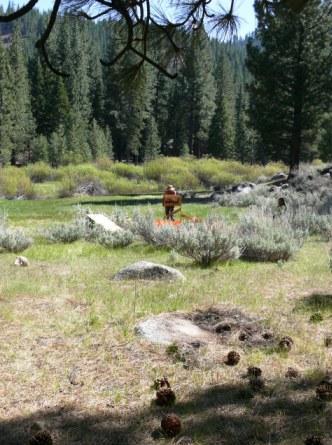
Associate State Archaeologist Kelly Long and Assistant State Archaeologist Jessica Einhorn assisted Sierra District archaeologists Denise Jaffke (Associate) and Scott Green (Assistant) with an excavation at Grover Hot Springs State Park in May 2007. Together with a local, consulting archaeologist, Bill Bloomer, and the help of two local Washoe Native American monitors, Lynda Shoshone and Ike Bennett, three prehistoric archaeological sites were excavated and evaluated for the purposes of creating resource management and interpretation plans to help protect significant prehistoric resources identified in the park.
Grover Hot Springs State Park lies just west of Markleeville, CA at 6,000 feet elevation with its name deriving from the onsite natural hot springs. Here at the transition of the Sierra forests into the Great Basin environmental zone, the park has had its share of prehistoric and historic cultural use.
The purpose of the excavation was to relocate and assess two sites, located along Hot Spring Creek first recorded in the late 1970’s. Noted surface artifacts from these two sites included chert, obsidian and quartz waste flakes and several groundstone fragments included and two lithic scatters situated along Hot Springs Creek. The original forms lacked vital information needed for current resource management guidelines including location maps, depth and time of occupation, and site boundaries.
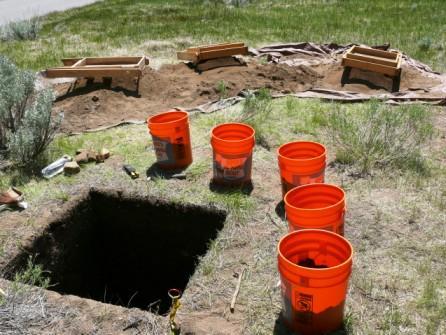
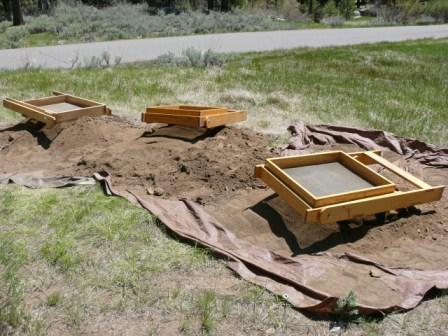
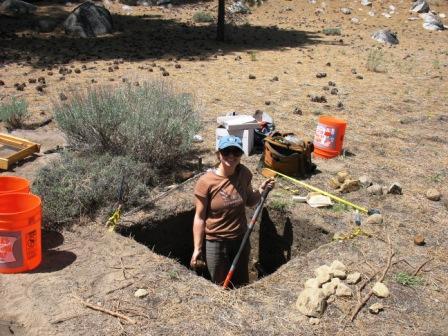
An estimated date from the diagnostic artifacts recovered is 4000 BP, but the results of obsidian hydration will likely indicate the period(s) of occupation. (1) The other two sites were located just upslope from the main site and yielded a wealth of information about the prehistory of the state park. More artifacts and debitage were collected for dating purposes.
This was a very exciting and important excavation. It will add new information to the ever-expanding database of the prehistory of the Sierra region. Also, it will allow for better management principles to be developed for these sites.
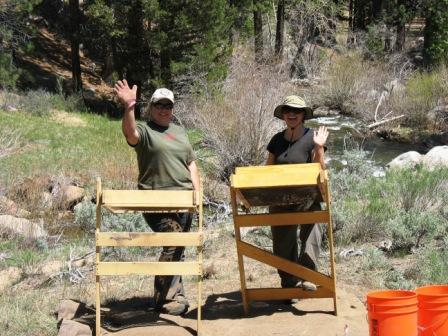
Kelly Long and Jessica Einhorn at the prehistoric
archaeological sites excavations in Grover Hot Springs State Park, May 2007.
1 D. Craig Young, Geoarchaeologist from Far Western indicated that EU 1 at the lower site just might have stratigraphic integrity…a rare thing indeed in these parts! However, he won’t put it in ink until the obsidian hydration information comes back.
